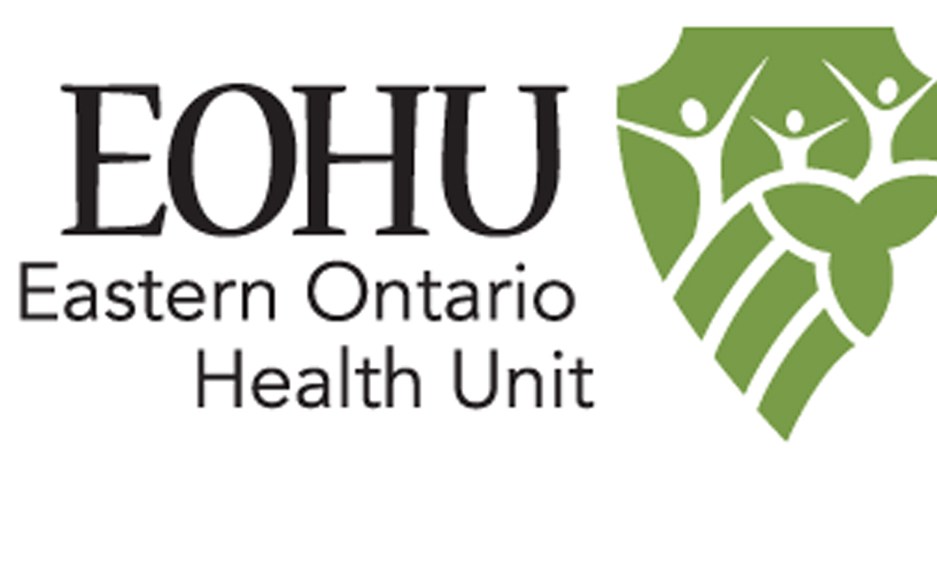EASTERN ONTARIO – The Eastern Ontario Health Unit (EOHU) has shared immunization rates for children aged 7 to 17-years-old in schools in their region.
The Immunization of School Pupils Act (ISPA) requires that children who attend elementary school and secondary school receive a vaccine for diphtheria, tetanus, and pertussis and another vaccine for measles, mumps and rubella.
“As a result, each year Eastern Ontario Health Unit (EOHU) staff work with schools located in the EOHU catchment area to review student immunization records to ensure that all students are a) up to date with their required immunization and/or b) a valid exemption for philosophical or medical reasons is provided, in accordance with the ISPA,” reads a statement from the health unit.
The school with the best immunization rate in the EOHU’s catchment area was École élémentaire catholique Saint-Mathieu in Hammond in Clarence-Rockland Township with an immunization rate of 99.2 per cent.
RELATED: EOHU urges public to get the flu shot
The school with the highest immunization rate in Seaway News’ readership area is École élémentaire catholique Elda-Rouleau in Alexandria in the Township of North Glengarry with an immunization rate of 98.7 per cent.
The school with the lowest immunization rate in both the EOHU’s catchment area and in Seaway News‘ coverage area is St. Matthew Catholic Secondary School in Cornwall with an immunization rate of just 72 per cent.
Vaccines rely on what is called herd immunity, which means that in order to be effective against a disease, an overwhelming per cent of the population must be vaccinated against it.
According to WebMD, the herd immunity rate for measles is between 93 and 95 per cent.
Public Health Canada does not provide herd immunity rates for its vaccines on its website, but does reinforce the notion that herd immunity is important.
“Another way to protect those with partial or no immunity is through high vaccination coverage in the population. When large groups of people are vaccinated, they create “community immunity” (also known as herd immunity),” reads a statement on Health Canada’s website. “The more people who are vaccinated in the community, the lower the risk of infection for those who are not vaccinated and those who developed only partial immunity from the vaccine. This means that when you are vaccinated, you protect yourself as well as those around you.”




